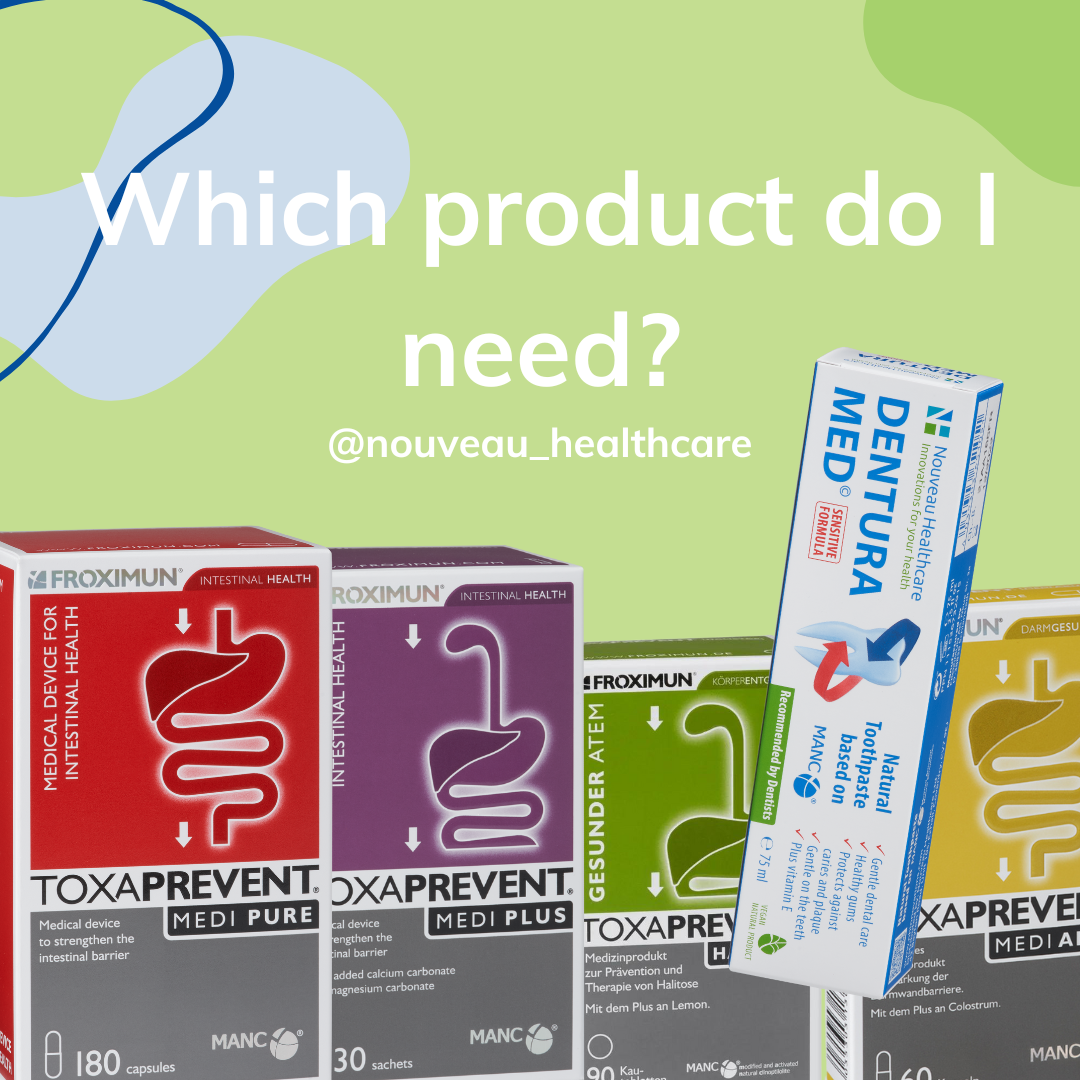Histamine is made in the body by white blood cells and is released as part of our immune response to a potential allergen. However, some of us may have too much histamine in the body, also known as a histamine intolerance or excess, which can worsen symptoms or certain health conditions like eczema, urticaria and hay fever.
Discover our full range of zeolite clinoptilolite products or check out even more educational articles and videos.
There are several contributing factors that may cause an increase in histamine, or excess histamine, for an individual including:
- Menopause or hormone imbalances
- DAO deficiency – this is the enzyme that is involved in histamine metabolism
- Digestive issues and gut bacteria imbalance
- Allergies
- Medications
- High histamine foods
Foods which act as histamine liberators or inhibitors are another factor:
- Histamine liberators are those foods that are low in histamine themselves, but they help the release of histamine from other foods. However, there is not enough clinical evidence at the moment to support this theory.
- Histamine inhibitors are foods that may help lower histamine levels and reduce symptoms or allergic reactions.
How digestion plays a role in histamine
Our digestive system needs histamine to produce the gastric acids required for digestion, but for those with histamine excess there may be some other factors at play such as:
- A deficiency in the DAO enzyme which is made in the kidneys and thymus but also in the lining of the digestive system.
- Impaired intestinal permeability, which has a knock-on effect on the DAO enzyme or the microbiome. Causes of intestinal permeability include IBD (Irritable Bowel Disease such as Ulcerative Colitis or Coeliac), stress, or poor diet including too much sugar or alcohol.
- A gut microbiome imbalance whereby certain gut bacteria can produce more histamine.
- Our digestive system also houses around 80% of our immune system, so if our digestive system is struggling in some way this can exacerbate an allergic response to things like pollen or dust.
Digestively, this can become quite complex as a histamine intolerance can also cause digestive symptoms, including abdominal pain, diarrhoea, and vomiting, or there may be food intolerances or sensitivities that exacerbate your symptoms.
If you suspect that you have histamine-related issues or a histamine intolerance it is recommended to work with a registered nutritionist or histamine expert who can help you better understand how histamine is affecting you personally, and whether food intolerances or sensitives could also be at play. Removing the suspected foods does not often fix the problem alone, as digestive health also needs to be addressed. During this time, maintaining a balanced diet is imperative to avoid running the risk of nutritional deficiencies or malnutrition by removing foods from your diet.
Top 12 high histamine foods
Foods that are high in histamine include:
- Dry goods: chickpeas, soy flour, peanuts, cashew nuts, pistachios and almonds
- Breads: sourdough
- Condiments: pickles, vinegars and tomato ketchup
- Meat: Cured or fermented meat such as salami, prosciutto, chorizo and bacon
- Fish: Frozen, salted or tinned fish such as sardines and tuna, as well as shellfish
- Vegetables: Aubergines, spinach and tomatoes
- Fruit: dried fruit, cherries, mangoes, pineapple, apples, avocado and banana
- Fermented dairy products such as cheese (especially aged cheese), yoghurt and sour cream
- Fermented vegetables including kimchi and sauerkraut
- Fermented soy including miso, soy sauce and tempeh
- Fermented drinks such as kombucha, ginger beer and kefir
- Alcohol: Wine, beer and champagne
**It is worth noting that the longer foods have been fermented the higher the histamine load.
There may also be non-food products and ingredients that can contribute to histamine excess or interfere with the DAO enzyme, and worsen symptoms. These include:
- Fragrances
- Parabens
- Synthetic hair dyes
- Heavy metals: lead acetate, chromium, sodium hexametaphosphate
- Aluminium
- Antibacterial products
- Talc
- Nail polish which contains formaldehyde, toluene or formalin
- Pain medication such as aspirin and NSAIDs
- Antidepressants and antipsychotics
- Antibiotics
- Heart medications
- Gastrointestinal medications
- Muscle relaxer
- Diuretics
It is therefore worth considering more natural products for your skin and your home if you are struggling with histamine-related issues.
Conclusion
Foods high in histamine may aggravate or contribute to your histamine-related symptoms by increasing your histamine load. If you suspect histamine foods are playing a part in your health, it is recommended that your work with a registered nutritionist to help better understand which foods are a problem for you and address any underlying issues, such as digestion, whilst maintaining a healthy and balanced diet.
Call us on 02476363873 or email us at info@nhinnovations.com to discuss your questions with a member of our clinical team.
Enjoyed this guide? Now read...
Hay fever and histamine
What is histamine intolerance?
Histamine: what is it and why is it important?


